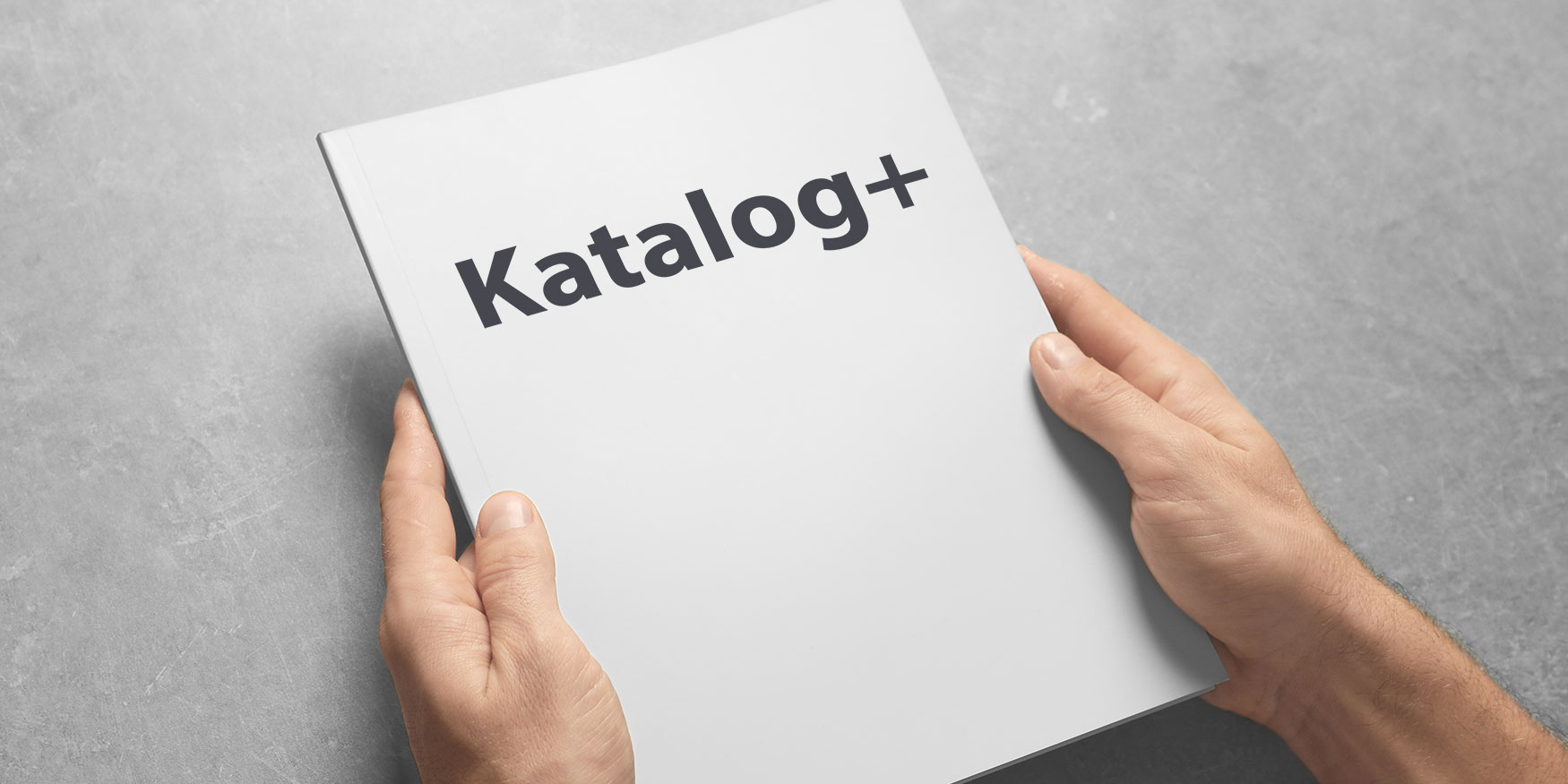Using intelligent logic for automated catalog creation
Nowadays, when companies consider their future print strategy it is inevitable that automation will come up. Smart design focuses not just on visual aspects but also offers enormous potential for efficient catalog production, a plus for any company.
Templates are one of the central topics in automation. They stipulate the form and logic of catalogs and are oriented on the generally applicable design principle “Form follows function”: The external look of the catalog is based on its functional properties, which should be represented in the templates.
Catalog automation starts with design
Layout templates as a Foundation for efficient creation
Accordingly, design processes should be closely oriented on the automation options that are available. Otherwise, any iterations that are made without specific knowledge of automation will be for nothing. Ideally, automation experts are already involved in the design process or the design agency itself has the necessary technical expertise apart from its creative capacity: this is the case for LOFT by Laudert.
By analyzing the data basis and product information used for catalog creation, common factors and logical trends can be identified within the data. For this reason, print strategy is often a highly PIM-driven topic: during subsequent automated catalog creation, the data is managed in the database and flawed manual administration in the document becomes unnecessary.
Using path creation, which controls the automatic creation of products, future catalog pages are filled in with product data. The defined layout templates act as a foundation and determine the requirements for placing products, resulting in a systematic page structure.
If more product displays can be standardized, a smaller number of product templates will ultimately be required. This lowers expenses during the implementation phase as well as for subsequent maintenance.
Approaches using a variety of different templates are still conceivable, particularly if different product classifications make standardized display impossible. Once the templates are defined, the automation logic uses the product characteristics to determine which templates will be implemented on a given page.
Logical product catalogs
Automated product display thanks to logical structure
In part, catalog automation relies on complex logic that is implemented in the background. For standard approaches, this means that products are distributed optimally on the pages using the available information so that all features can be displayed clearly.
A somewhat more complex approach is required for tables. If a product is designed in greater detail using a special item table, logical structures can consolidate values that apply for all items – these are then automated once for the product and not displayed in the table, which saves space and also contributes to clarity.
In general, significant automation results can be achieved very rapidly using tabular representation. Generally valid attributes (e.g. serial numbers or prices) and item-specific product attributes are automatically brought together and optimally distributed in the allocated space. For more complex products, PIVOT and cross tables enable compact and clear representation using logic.
Automation can also be used successfully for imaging. One basic example is galleries, which are only inserted if a defined number of stored product images are available for a given product.

Increasing freedom of design rather than restricting it
Why catalog automation requires creative work
A common argument against the automation of catalogs is freedom of design. But automation does not actually curtail creative processes, it merely shifts them. By taking over the monotonous tasks of product and data placement using logical systems, graphic designers have much more freedom of design for graphical details, teasers and environments along with additional elements and lots more. After visual adjustments, automatically constructed pages can still be stored to allow for automated updating of product data in the future.
Secondary catalogs are gaining ground
Smaller catalog production increased creative work
The trend towards slimmer, smaller print products is evident in nearly all industries. Fewer and fewer companies are looking for results with heavy tomes: instead, they diversify their print products with catalogs for specific topics, brochures for particular occasions, trade fair leaflets and lots more.
There is large potential for automation here if a comprehensive unified strategy is followed. Unified product representation, a minimal number of layouts: the degree of automation can be increased effectively. Particularly for companies operating internationally, it is worth mentioning the fast and easy option of changing languages: Only the context needs to be changed, the placeholders are automatically updated in their new context.
Inseparable: Design and automation
Automation and creativity are not mutually exclusive
Overall, catalog automation is a powerful tool to save time as well as space without giving up sophisticated visual standards. However, this means that design must draw on synergies between representation and automation. Automation and creativity are not mutually exclusive; in fact, they go hand in hand.

 Simon Edel
Simon Edel